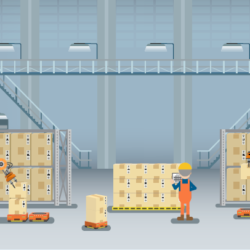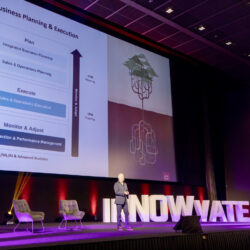It pays to use Artificial Intelligence in logistics

More and more companies are using artificial intelligence (AI) as part of their standard processes. A recent survey by consultancy firm McKinsey reveals that adopting AI helps organizations to reduce costs and boost profit.
The McKinsey report, published in November 2019, analyses the costs and profit of companies based on their various approaches to artificial intelligence. The report distinguishes between ‘high performers’, who already make extensive use of AI, and ‘adoption laggards’ who are some way behind in terms of their approach to the technology.
The findings show that, on average, companies that are AI high performers see higher revenue increases and greater cost decreases than companies that make little or no use of AI. McKinsey therefore warns the adoption laggards of the risk of an ever-widening gap.
In the report, McKinsey also zooms in on the various parts of a company. This illustrates that in supply chain management, AI generates the most revenue in demand forecasting and sales. In both manufacturing and supply chain management, the biggest cost savings come from using artificial intelligence for process optimization in logistics, throughput and energy.
Fear of job losses
Many employees are concerned about the prospect of losing their jobs due to the growing adoption of AI and process automation. However, the results of the survey suggest that, so far, the increased use of AI does not lead to workforce reduction. In fact, the McKinsey study reveals that more companies overall report job increases than decreases. The exception is the automotive industry, where companies are more likely to report a workforce cut due to AI.
Furthermore, the findings reveal that artificial intelligence is expected to cause shifts in the workforce across functions. Respondents indicate that they expect to need fewer people in HR and service operations, but more in product development and marketing & sales. In other words, the adoption of AI will lead to the disappearance of some tasks but not to an overall change in workforce size.










